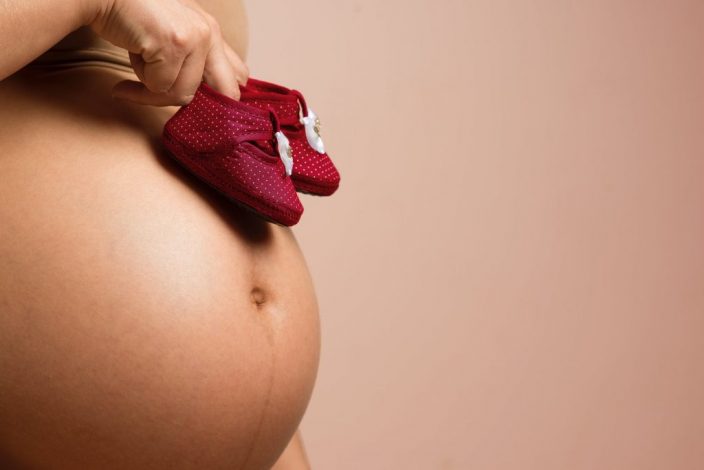Anaemia, a condition characterized by a lack of healthy red blood cells, continues to be a major health concern for women aged 15-49.
Despite efforts to address the issue, the prevalence of anaemia in this age group has stagnated at around 30 per cent since 2000.
The United Nations says this is alarming, as “anaemia in women is a risk factor for adverse maternal and perinatal outcomes, highlighting the importance of addressing this issue for both women and child health and nutrition.”
On the other hand, the World Health Organisation (WHO) says anaemia is a serious global public health problem that particularly affects young children, menstruating adolescent girls and women, and pregnant and postpartum women.
WHO estimates that 40% of children 6–59 months of age, 37% of pregnant women, and 30% of women 15–49 years of age worldwide are anaemic.
“Progress on reducing anaemia has been slow and the world is not on track to reach the global target,” says WHO.
Francesco Branca, the Director of WHO’s Department of Nutrition and Food Safety notes that anaemia is a complex condition with multiple causes – including other nutritional deficiencies, infections, inflammation, gynaecological and obstetric conditions, and inherited red blood cell disorders.
“All must be addressed to effectively prevent and treat anaemia,” she says when WHO launched its first-ever comprehensive framework on reducing anaemia.
According to a study published in The Lancet Hematology, in 2021, the leading cause of anaemia globally was dietary iron deficiency (66.2% of all anaemia cases).
“Gender inequalities related to household food consumption and division of labour exacerbate disparities in conditions such as anaemia because women might be the most likely among household members to be affected by food insecurity and to lack access to sufficient quantities of iron-rich foods, and be less likely to receive health screening and care, whether due to domestic work demands, lack of autonomy, or prioritization of other family members’ care,” Nick Kassebaum, senior author of the study and professor of anesthesiology at the University of Washington, and colleagues, wrote in the Lancet study.
“Social interventions, including education for girls and women and expanded agricultural empowerment (eg, access to productive resources, self-managed time, decision-making power, and financial control) of women, could help to reduce these disparities,” they added.
Kenya: Prevalence of anaemia highest in pregnant women
In Kenya, according to the Kenya National Micronutrient Survey of 2011, the prevalence of anaemia was highest in pregnant women (41.6%), followed by children 6–59 months (26.3%) and school–age children (5–14 years) at 16.5%.
Source: tradingeconomics.com
Preventing all forms of malnutrition, including anaemia, requires a multi-faceted approach.
Ensuring adequate maternal nutrition, promoting optimal breastfeeding, providing nutritious, diverse and safe foods in early childhood, and creating a healthy environment with access to basic health, water, hygiene and sanitation services, as well as opportunities for safe physical activity are all crucial steps in reducing the prevalence of anaemia in women.
Coordinated actions across nutrition, health and social protection sectors are needed to reduce child and maternal malnutrition, especially in the regions most affected.
The WHO’s Global Nutrition Target aims to reduce the prevalence of anaemia among women of reproductive age (15-49 years) by 50% by 2030.
This target is in line with Sustainable Development Goals 2 and 3, which focus on improving nutrition, good health, and well-being.
“Preventing diseases and injuries that cause anaemia is a crucial component of any public health strategy for anaemia. For example, antiretroviral therapy can help to reverse anaemia and improve survival in people living with HIV,” the Lancet report says.
“Malaria control methods (eg, mosquito vector management and treatment of bed nets with insecticide), malaria vaccination, and increased access to antimalarial medications can reduce the incidence of malaria and subsequently reduce anaemia,” they added.




